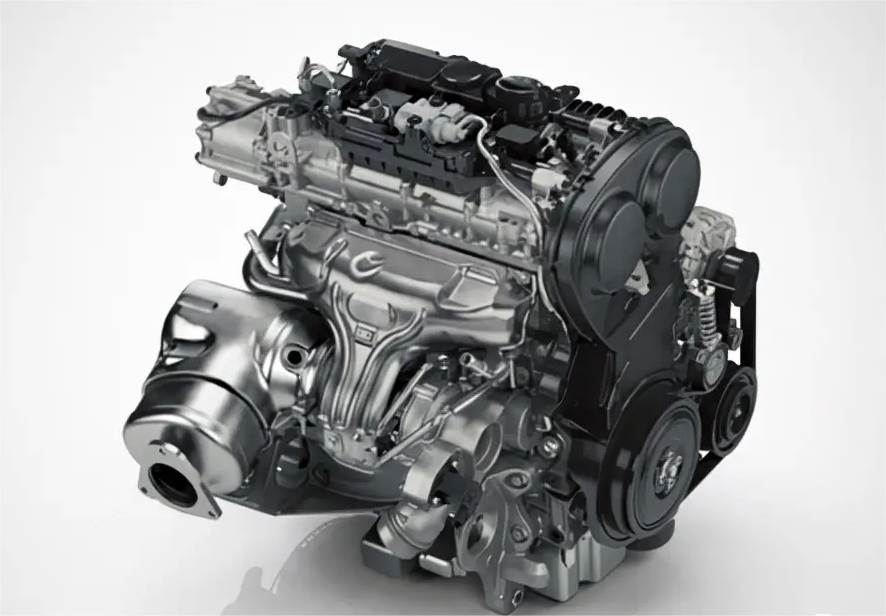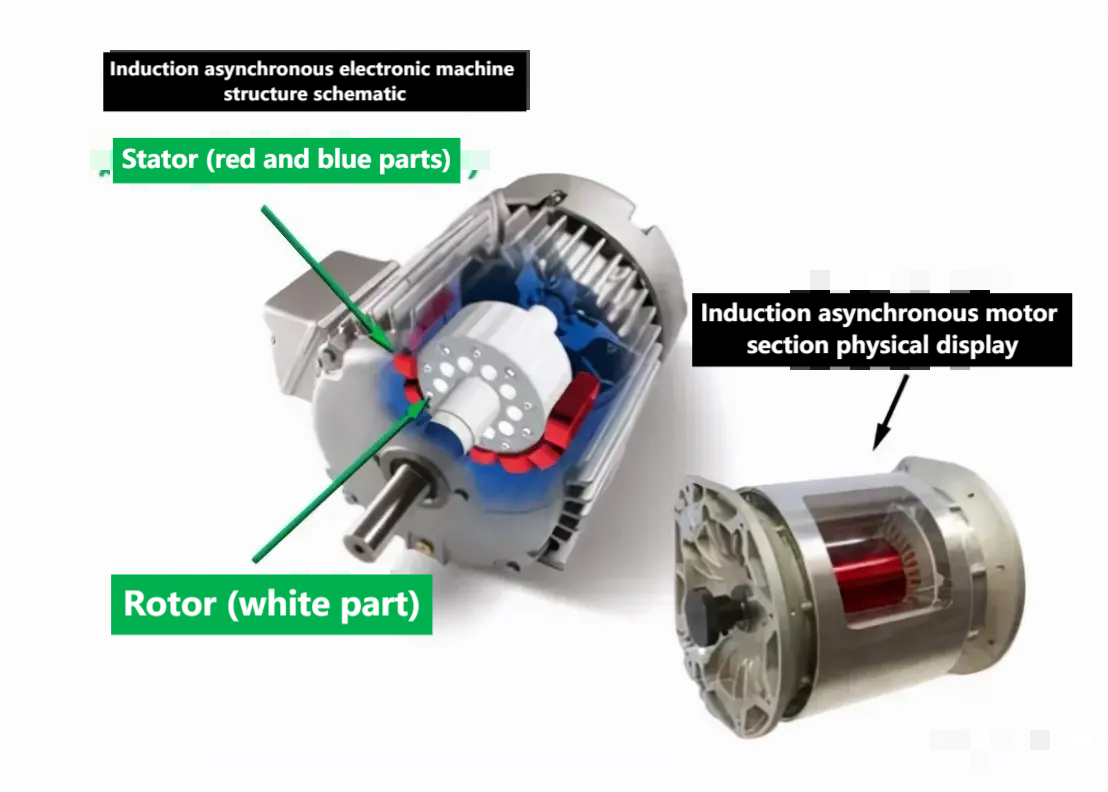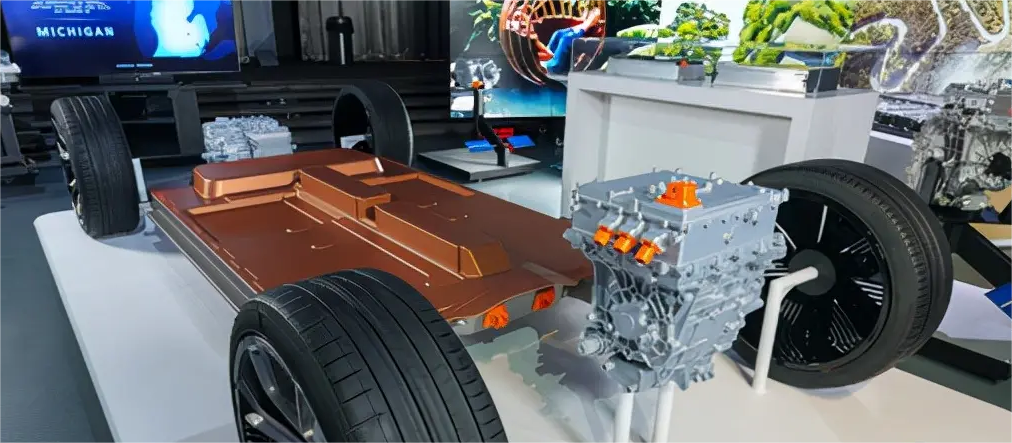The power of traditional cars comes from the internal combustion engine, the common internal combustion engine simple classification we know are naturally aspirated engines, turbocharged engines and Mazda's exclusive rotor engine, etc..
Now pure electric cars are gradually becoming mainstream, pure electric cars are powered by electric motors, so what is the use of different motors?

When it comes to AC asynchronous motors, we have to think of the Tesla Plaid that uses this motor, and the 1.9 seconds zero hundred acceleration is really amazing.
AC Asynchronous Motors
AC asynchronous motor, is a rotor placed in a rotating magnetic field, to the stator winding (refers to the copper coil wound on the stator) through three-phase alternating current to generate a rotating magnetic field and cut the rotor to obtain a rotating torque.
In fact, this thing is not at all unusual, because usually we see in life, such as washing machines, electric fans, factory equipment are used in this kind of motor.
But Tesla used this motor to its own car products, Model S zero hundred acceleration 3.2 seconds, Model X zero hundred acceleration 3.9 seconds, to achieve zero hundred acceleration comparable to supercar acceleration performance, so that we have a high impression of the AC asynchronous motor.

Permanent magnet synchronous motor
In permanent magnet synchronous motors, permanent magnets are added to the rotor, and the rotor speed and the current frequency of the stator winding are kept the same. The permanent magnets are mostly made of rare earth permanent magnet materials, which stabilize the magnetic properties of the permanent magnets.
Permanent magnet synchronous motor is mainly used by China's pure electric car brands, a large part of the reason is because China has 70% of the world's rare earth resources, the total production of Roo iron boron magnetic material reached 80% of the world, this advantage also makes China's permanent magnet synchronous motor production is guaranteed, more brands such as BYD, car-making new forces basically choose high-efficiency and durable permanent magnet synchronous motor is a natural thing.
There is no difference between the two, but the specific use is different
The majority of car brands choose permanent magnet synchronous motors, mainly because as a family car, high range is one of the most important points. Permanent magnet synchronous motors are 20% more energy efficient than AC asynchronous motors, which means that the range of pure trams with permanent magnet synchronous motors will increase significantly with the same body volume and the same battery capacity.
Although AC asynchronous motors are less loaded than PM synchronous motors, it does not mean that AC asynchronous motors are worse than PM synchronous motors.
The table above shows that the most obvious advantage of AC asynchronous motors is that they can achieve faster 100km acceleration, but the disadvantage is that they are heavy and bulky; the most obvious advantage of permanent magnet synchronous motors is that they are small and light, but they cost more.
For example, the Tesla Model S Plaid, the main pursuit of performance, so more suitable for zero hundred acceleration faster AC asynchronous motor. Therefore, other brands will also choose AC asynchronous motors if they want to launch high-performance electric (running) cars.
The industry has been discussing the question, will AC asynchronous motors be replaced by permanent magnet synchronous motors in the end?

At present, it is unlikely, and will maintain a ratio depending on the application. In contrast, the technology of permanent magnet synchronous motor is more widely used, the actual use of the face of repeated start and stop, acceleration and deceleration, good speed control performance of permanent magnet synchronous motor can still maintain high efficiency.
Therefore, the car companies choose which motor or depends on the model of the main face of the use to decide.







